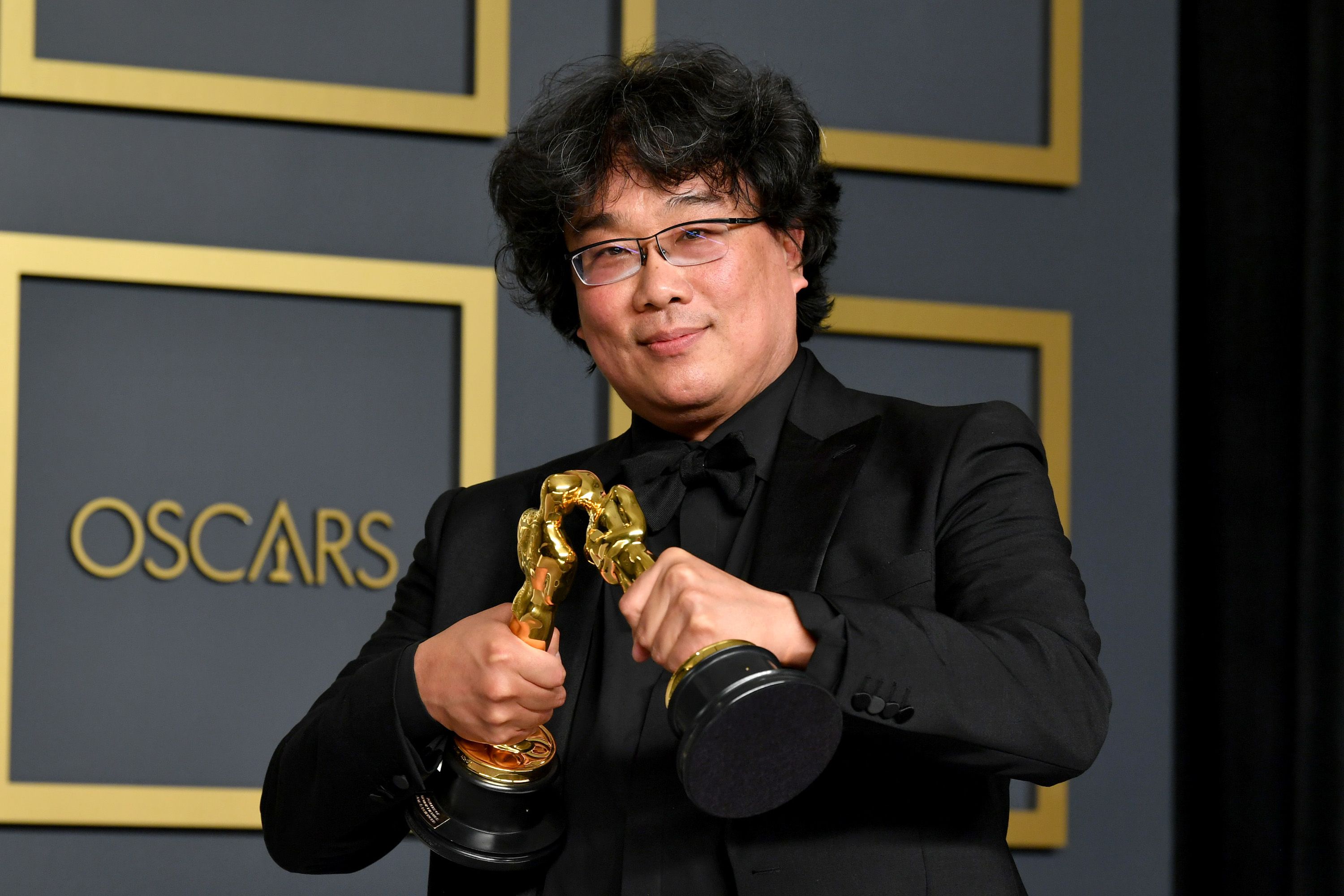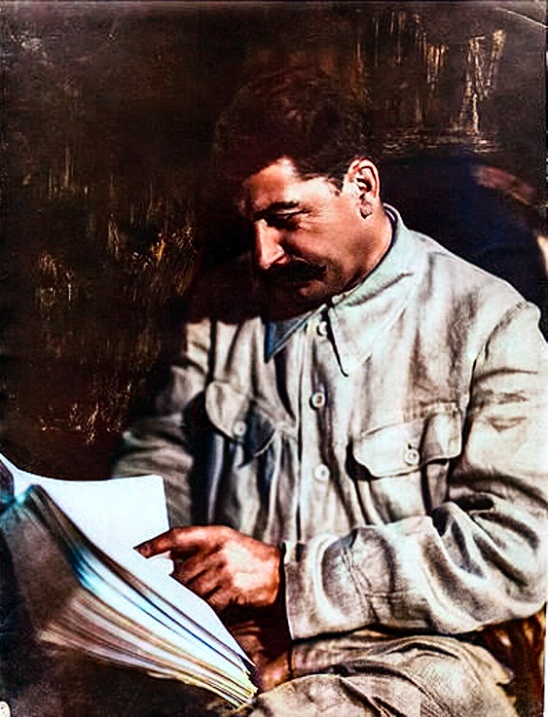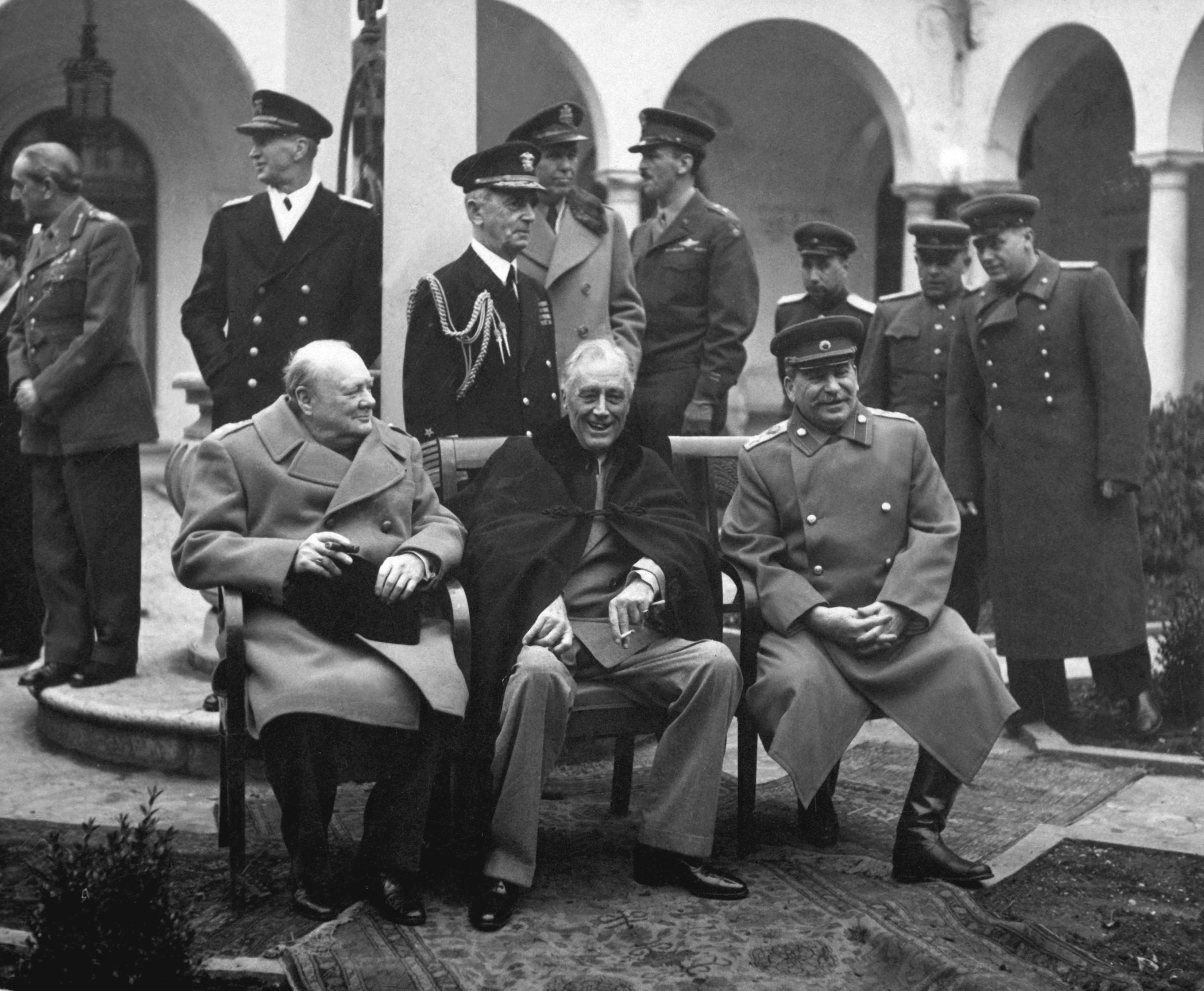

- Zootopia was the first Disney film in China and was absolutely massive phenomenon back then, one should not expect less on the anticipation level of the sequel
- Very very poor state of Chinese film industry right now (full of nepotism and untalented people, it has “matured” into an industry driven by profit rather than artistic endeavor, you don’t really see auteur films coming out from China anymore)
- People are tired of Marvel superhero movies, which used to be huge a few years back
- People love animation films (see Nezha 2)
Having said that, the Mandarin Chinese dub is very bad and the audience complaints became a source of controversy a few days ago. I listened to a clip of the Cantonese dub (HK version) and it is so much better.








It pays good money, for a job that doesn’t require much skill or thinking, and the job market isn’t doing so well right now.
I’ve always said that American will easily fix its military recruitment problem the moment it goes into recession.